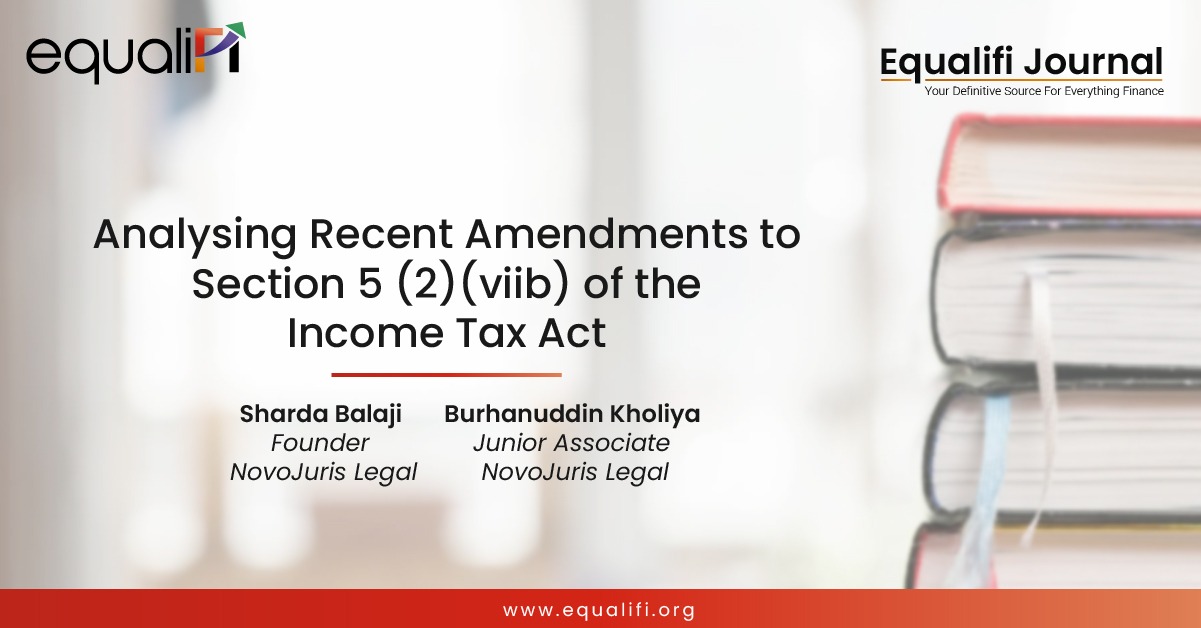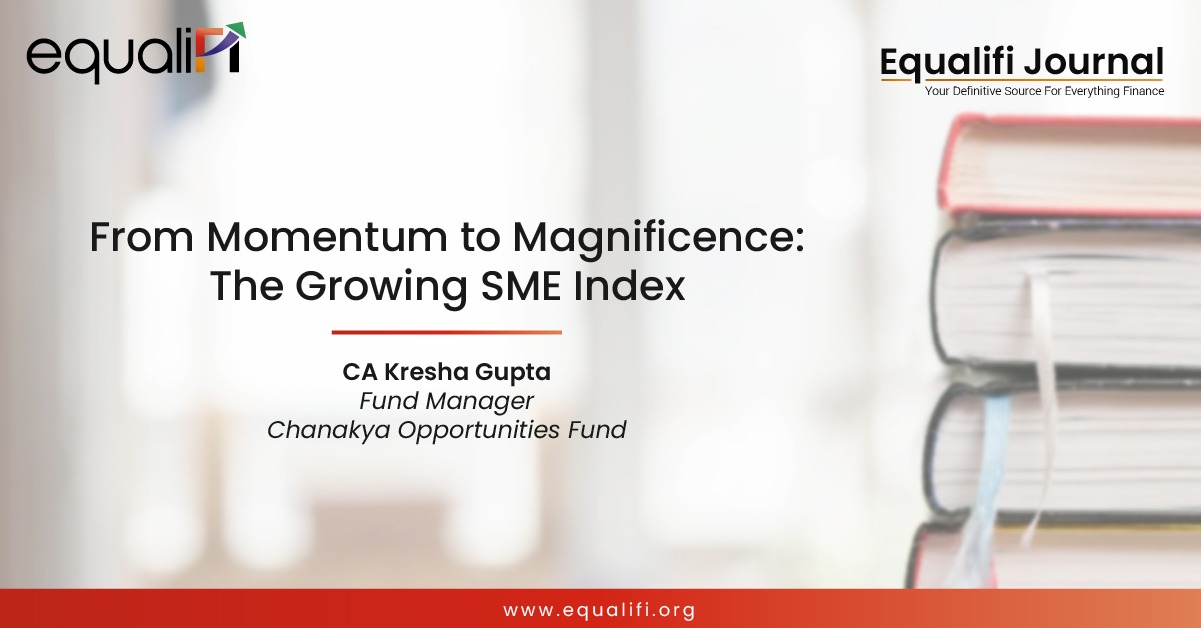The Game of Investing: Lessons from English Premier League and Fantasy Premier League
Posted on: July 7, 2023 | By: Baijnath Ramraika, CFA Co-Founder, CEO & CIO of Multi-Act EquiGlobe
“Life and investing are long ballgames.” – Julian Robertson
Last month the English Premier League’s (EPL) 2022-23 season ended with Manchester City crowned as the champions. EPL is an interesting format and one that is closer to the game of investing and life. Instead of deciding the winner by having the final match or game of the tournament played between two remaining contenders, the winner is decided based on the performance over the entire season. The team that accumulates the maximum points over the whole season wins. The result is a heightened focus on process over heroics – at least, that’s what differentiates the true champions, teams who stay in top-4 over several seasons.
Along with the EPL season end, one of the most popular fantasy games, the Fantasy Premier League (FPL), reached the end of its season. Some 11.5 million people played the game across the globe. Over the last few years of playing this game, I have found it remarkably similar to investing. There are a total of 20 teams (think the number of countries or sectors and industries) that play in the EPL, and there are some 600+ players that FPL players can choose from to construct their fantasy teams (akin to the number of stocks). I find the way the game is set up to be highly “useful”.
For one, it is a game that is played over a long season that extends over 38 weeks, a total of 380 games. In my experience, one season of the FPL is similar to a 3 to 5 year investment horizon. If you can take your eyes off the near-term performance or the buzz and excitement generated by the bandwagon players and instead focus on the long-term, you quickly realize this game is best played using a well-structured process. It is also essential to have the right goals. What I have found over the years is that instead of worrying too much about winning, a much better objective is to get to the finish line in reasonable shape. What I mean by that is that you don’t want a hopelessly blown-up season in your chase for short-term performance.
So how do you then construct a good team/portfolio? At the start of the season, the game assigns each participant a portfolio size of GBP 100 million. The participants use this starting money to create a team of 15 players, with 11 of those players to be chosen to play in any given week. The players are each assigned a starting price point which is likely based on past performance, their team, position, etc.
This is where it gets similar to portfolio construction. As a process-driven participant, I like to play the game by choosing 8-9 true must-haves – these are players I expect to be a part of the team through much of the season. It isn’t very different from choosing a handful of best quality companies from the overall pool of businesses, whether it be moats or asset-owners likely to survive the worst economic and financial winters (quality). The key is to avoid the players that are likely significantly overpriced and driven by excitement, which can throw the rest of the portfolio off balance. For the rest of the team, I look to construct with players that are meaningfully underpriced (price vs. value) or offer the potential for a big outcome driven by their near-term fixtures (momentum) or are the placeholders and can be sold when needed without much loss (cash).
Another interesting element of the game is that it allows for one free transfer every week, i.e., you can sell an existing player and buy a new player with no monetary penalty. Extra transfers involve a cost of 4 points. That 4-point cost is significant. It looks like a small cost in relation to the average weekly point haul of 50 to 60 points. However, it exacts a rather high cost. Consider that the average score per player per week is about 5 points, and I am talking about the average score of the best players over the season.
One of the mistakes then is to overtrade, i.e., to spend too much on transfer costs than is warranted. Note that I am not saying that one should never pay that cost. What I am saying is that careful consideration is needed of the cost vs. benefit – it is another place where I find the process to be similar to investing.
Further, twice in the season, the game offers an opportunity to completely redo the portfolio with no penal trading costs – think of this as portfolio rebalancing. It allows you to refresh your portfolio by selling off players where the thesis has proven incorrect and acquiring those that you may have missed in previous rounds. The important thing is to remember that just because you can trade doesn’t mean that you should. It is a tool that should be used judiciously, exiting players with whom your sell rules are triggered and acquiring those that fit the portfolio construction criteria laid out earlier.
As always, there is more than one way to skin the cat. What I have laid out is the way I play the game. If I were to revisit my rules five years from now, I can say one thing with 100% certainty. Some of these rules will change, and new ones will be adopted as I learn on the job. It is the same with our investment processes as well as we continue to evolve.
On that note, these comments from Seth Klarman are highly instructive and worth reminding all of ourselves what it is that we are trying to do. We found these comments so useful that we have highlighted them in their entirety. “It is critical that you remind your clients, your investment team, and as often as necessary yourself, that you can only control your process and approach. That you cannot forecast the vagaries of the market, which in any case, are an opportunity and not a problem for value investors. And then you should invest, comfortable that you’re doing the right thing, indifferent if you lose your short term oriented clients who don’t and will never understand what you do or how they are their own worst enemies, and confident that when the dust settles and the crisis passes, your steadfastness of discipline will have added more value than any other approach.”








